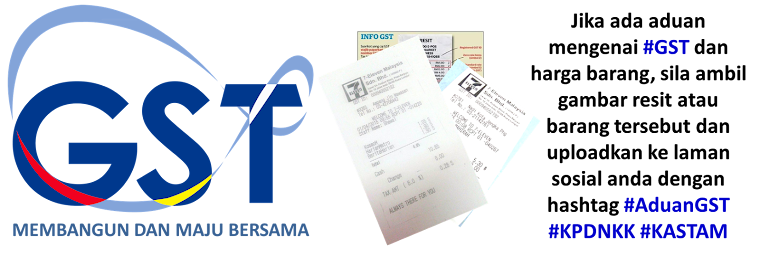Publication: NST
Date of publication: Dec 25, 2013
Section heading: Main Section
Page number: 014
WITH the proposed implementation of the Goods and Services Tax (GST) in 2015, the abolishment of sugar subsidies and the upcoming hikes in electricity and toll prices, Malaysians are looking at an upcoming period of inflationary prices.
Prior to Budget 2014, Treasury Secretary-General Tan Sri Dr Mohd Irwan had already suggested the complete elimination of existing subsidies, describing it as "a gradual liberalisation towards the market". As we approach this period with caution, will this further implicate the rakyat's lives?
As commonly practised globally, subsidies are provided by the government during the infant stages of an economy, especially in the energy sector. Maintaining a low cost for transportation stimulates demand for spending while industrial firms can operate at competitive costs.
This has a strong multiplier effect on the growth of Gross Domestic Product but only up to a certain threshold. Eventually the strength of this multiplier hits a plateau once the country's industrial sector is up and running, succumbing to the law of diminishing marginal returns.
Thus subsidy liberalisation should have been gradual over a long span of years to soften inflation and ease our economy through the transition to market-priced fuel.
Evidently, the government pursued the populist policy over the years and still maintains an artificially low-priced fuel up till today.
The subsidy scheme has several impacts from a socio-economic perspective: it drains government revenue, has fostered a deeply-rooted subsidy dependence syndrome and unintended beneficiaries receive the largest slice of the economic pie. The Centre for Public Policy Studies has six suggestions to address the matter:
Prices - Fuel goes up, vehicles come down
Economic principles suggest that consumers spending associate strongly between two complementary goods if they are bought to be used together, which in this case would be fuel with motor vehicles. Employing the policies of cutting subsidies and excise taxes together will be timely to entice public reception while also dampening the economic impact on private consumption and inflation. The revised National Automotive Policy to be announced next month provides a suitable opportunity to reduce vehicle prices to coincide with subsidy reforms. This will deliver two-fold benefits to the economy as the deadweight loss of taxes and subsidies are reduced.
Limit subsidies, prior to eventual removal
The best effort to limit subsidies in Malaysia is practised in the industrial sector for the purchase of diesel, which is set at market price for businesses and factories. The government launched a system of fleet cards for public transportation firms in 2006. Operators who registered with the Ministry of Domestic Trade and Consumer Affairs received a fleet card which entitled them to a 15 sen per litre discount. Transposing this system to the consumer sector would be a large task and prove costly, but it is feasible by associating the issuance of fleet cards with vehicle sales.
Substitute subsidies forvouchers as an alternative
1Malaysia People's Aid (BR1M) hand-outs are well-targeted but the problem of cash incentives is the inefficient utilisation to spend it on their intended purposes. It would be inadvisable to cut subsidies and channel it solely into hand-outs. Although BR1M is the populist policy, the additional revenue from subsidy cuts can be given back to the people in the form of redeemable vouchers for specific goods that they intend to provide for the poor. Fuel vouchers are similar to quotas which can be distributed at the filing of income tax, to control the amount of fuel each household or person can receive, for example, 50 litres per month.
Pick the right timing during a period of inflation
It will be tough for the government to reform subsidies during an inflationary period that Malaysia will soon experience. Selecting the right periods to shave fuel subsidies can possibly complement or clash with the scheduled price hike inflation and either dampen or swell the inflationary shock on the economy. The Finance Ministry will have to carry out comprehensive studies to identify appropriate timing windows which will help keep inflation under control.
Bridging the information gap
Addressing the people's needs is crucial in attaining a good reception from society. Transparency and extensive communication with the public is a key aspect in garnering public support. Engaging with society by committing to an elaborate five to eight-year liberalisation policy time frame would be a step forward in disseminating information effectively. There should be specific plans for gradual year-by-year reduction of fuel subsidies, such as 10 sen per litre per year.
Slashing government expenditure
The government, as the elected leader, must spend prudently in conjunction with the removal of subsidies. Taking away subsidies from the people is not the only solution to the budget deficit. It would be far easier to identify wastage and reduce expenses within the government coffers. Discipline and altruism are required from both the government and the people, working as a cohesive Malaysian unit.

No comments:
Post a Comment